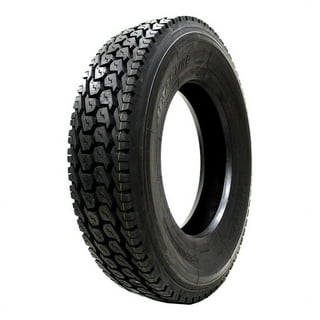Morris Tire and Alignment: Your Relied On Source for Reliable Service
Tire Service: Comprehending Tire Stress Surveillance Solutions
Understanding Tire Stress Monitoring Systems (TPMS) is an essential aspect of maintaining ideal lorry efficiency and security on the roadway. With developments in vehicle innovation, TPMS has come to be a standard function in modern-day automobiles, offering real-time details on tire stress degrees.

Significance of TPMS
The importance of Tire Stress Surveillance Solutions (TPMS) exists in their ability to boost automobile safety and security and performance via real-time monitoring of tire stress degrees. Preserving the appropriate tire pressure is critical for making certain optimum handling, braking, and overall safety and security of a lorry. TPMS offers drivers with instant feedback on any overinflated or underinflated tires, permitting timely changes to be made.
Parts of TPMS
Comprising numerous important elements, a Tire Pressure Tracking System (TPMS) functions as a sophisticated security function in contemporary cars. The primary parts of a TPMS consist of sensing units, a control component, and a caution sign. Sensing units are usually located in the tire valve stem or affixed to the wheel setting up, where they determine tire stress and send information to the control module. If it spots substantially low stress in any of the tires, the control component processes this information and sets off a caution. The caution sign, often a symbol on the control panel, informs the driver to examine the damaged tire or tires. Some advanced TPMS designs additionally display the actual tire pressure analyses for each and every tire, supplying motorists with real-time information to ensure optimal tire efficiency and security. By keeping an eye on tire stress continually, TPMS assists stop mishaps, decreases tire wear, and enhances gas performance, making it a crucial element for vehicle security and efficiency.
Kinds Of TPMS

On the other hand, indirect TPMS find out this here depends on the vehicle's wheel speed sensors to keep an eye on tire pressure. This system finds underinflation by comparing the rotational rates of the wheels. Indirect TPMS is less costly than straight TPMS, as it utilizes existing sensors within the lorry.
While direct TPMS supplies more accurate analyses, indirect TPMS is less complex in style and usually needs much less upkeep. Both systems have their advantages and limitations, and the option in between them typically depends upon variables such as cost, vehicle make, and personal preference. Comprehending the differences in between these 2 sorts of TPMS can assist vehicle proprietors make educated choices concerning tire upkeep and safety.
TPMS Upkeep Tips
Conduct routine checks on the tire stress degrees and compare them with the TPMS readings to guarantee they are regular. Throughout tire rotation or substitute, make sure that the TPMS parts are handled very carefully to protect against any kind of potential damages. If the TPMS advising light illuminates on the control panel, resolve the problem immediately by checking the tire pressures and the total system for any type of mistakes.
Benefits of Appropriate Tire Pressure
Keeping appropriate tire pressure, as stressed in TPMS Upkeep Tips, is important for gaining the countless advantages linked with optimal tire pressure degrees. Additionally, proper tire stress makes sure also visit the website tire wear, extending the life-span of the tires and advertising safer driving problems. In final thought, the advantages of correct tire stress go past just tire long life; they incorporate enhanced gas effectiveness, boosted security, far better car performance, and overall driving convenience.
Conclusion
Finally, comprehending tire pressure tracking systems (TPMS) is vital for keeping optimal tire stress and making sure automobile security. By identifying the importance of TPMS, knowing with its components, understanding the various kinds available, adhering to correct upkeep pointers, and realizing the advantages of maintaining appropriate tire stress, drivers can boost their driving experience and extend the life-span of their tires. Appropriate tire stress is vital to effective and secure car operation.
